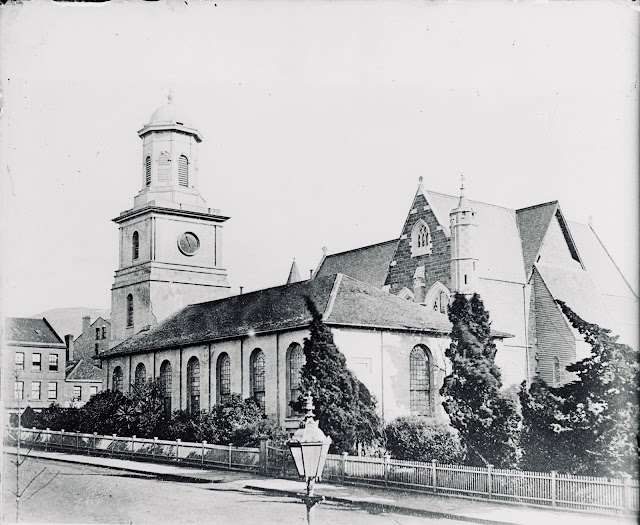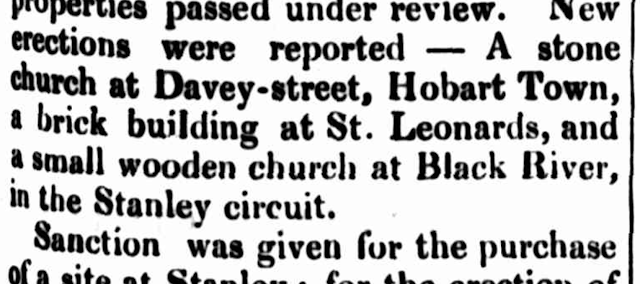No. 1431 - Launceston - Margaret Street Wesleyan Chapel (1837-1858)

Three Methodist churches have been built in the vicinity of Margaret Street: 1. A small wooden chapel on a brick and stone foundation which opened in 1837. 2. A brick church which replaced the original church in 1858. 3. A third church opened on Balfour Street in 1918 which was originally built as a Sunday school in 1889. The church on Margaret Street (1858) was converted into a Sunday school and hall in 1918. This article’s focus is on the first church built which was built in 1837 and was in use for just over 20 years. The earliest reference to the establishment of a Methodist church in Margaret Street is found in the minutes of the quarterly meeting of the Launceston Circuit in May 1836 in which it was “deemed desirable to have a place in which to hold religious services in the south end of town”. The history of the establishment of this church is set out in a lengthy article in the Launceston Examiner in 1939. The history was written by Reverend Lewis Barnard following early record...







